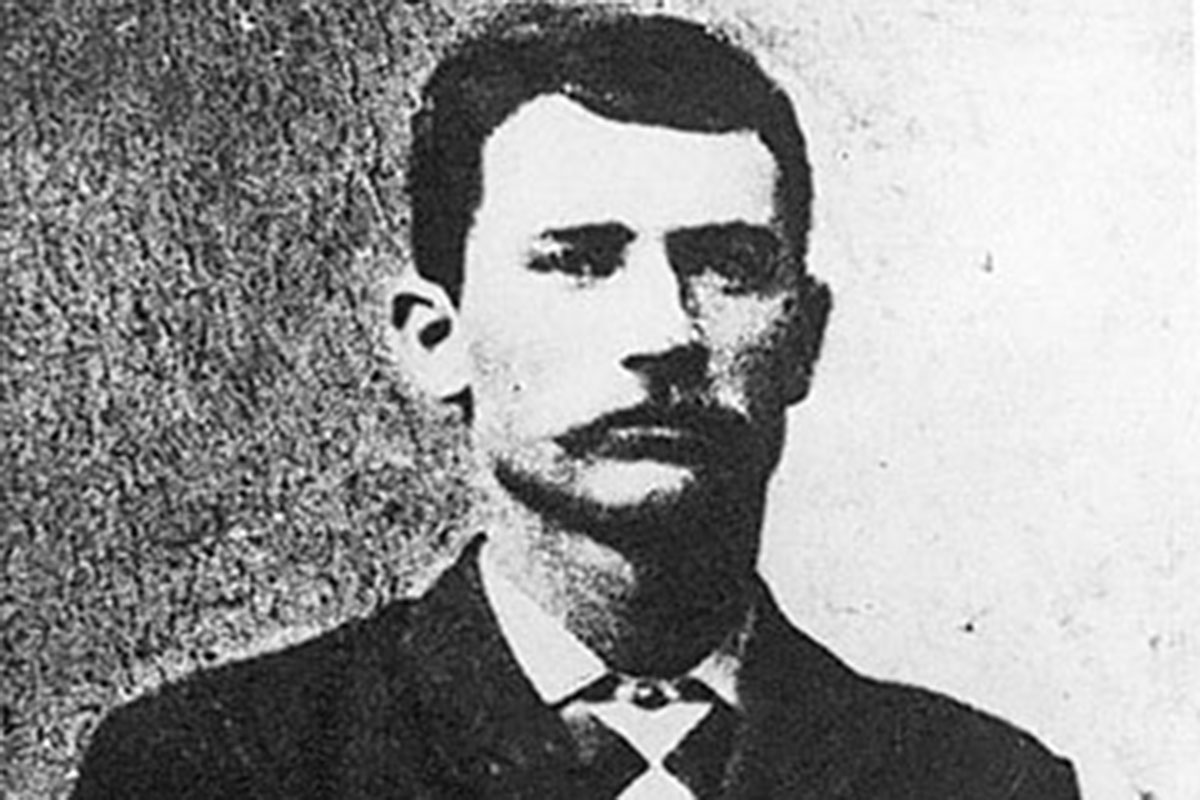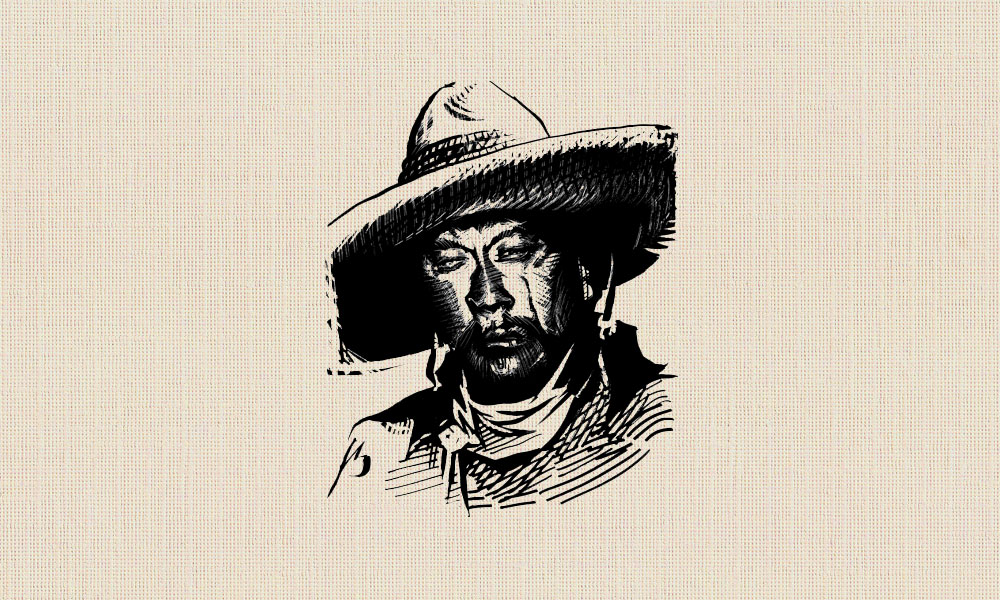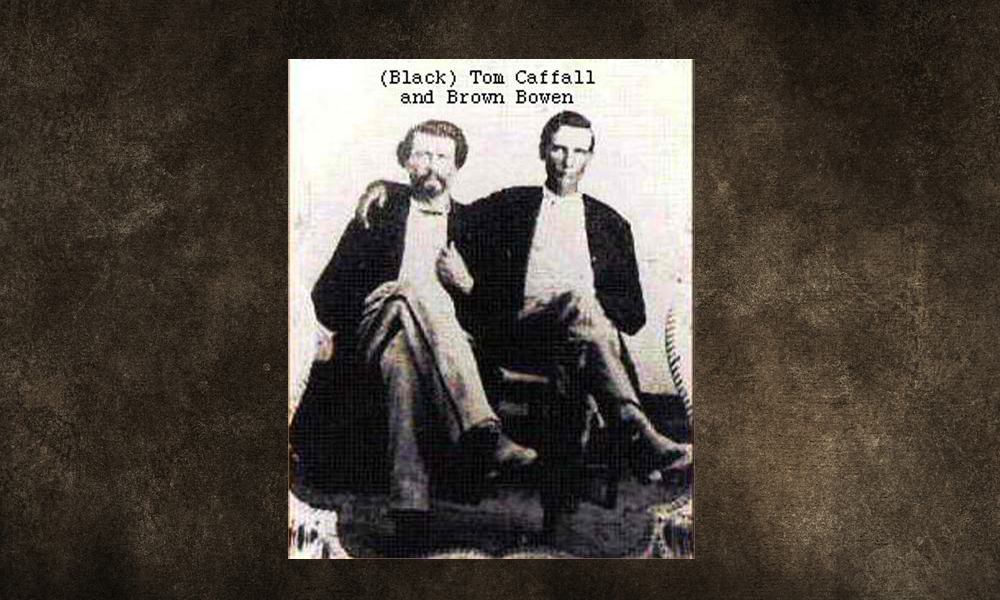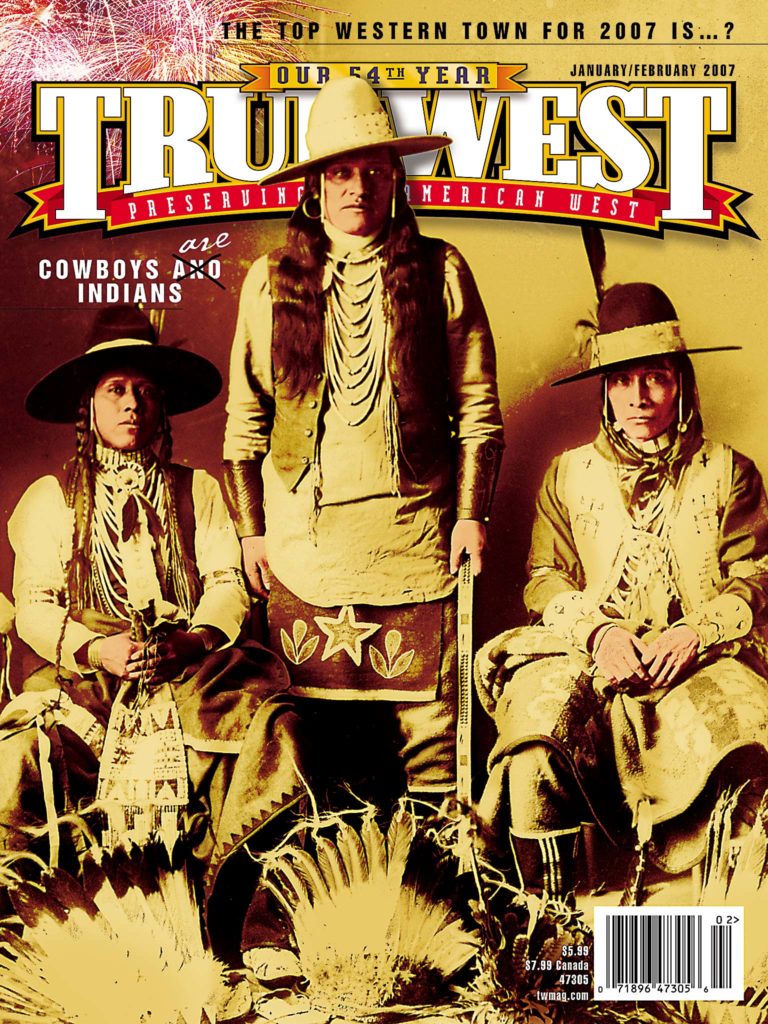Badges are traditionally placed on the left side of the chest, covering the heart. Why does a drawing of Marshal Henry Brown show a badge displayed on the right side in the September 2006 issue?
Bob Wood
Hugo, Minnesota
Other than the possibility of the original photo being reversed, I would say it was simply a matter of choice by the officer. Without rules, regulations and tradition to go on in the early days, a man could pin his badge on whichever side he preferred. When Bob Boze Bell painted this drawing, he was using the only known photograph of Brown wearing a badge as a reference.





